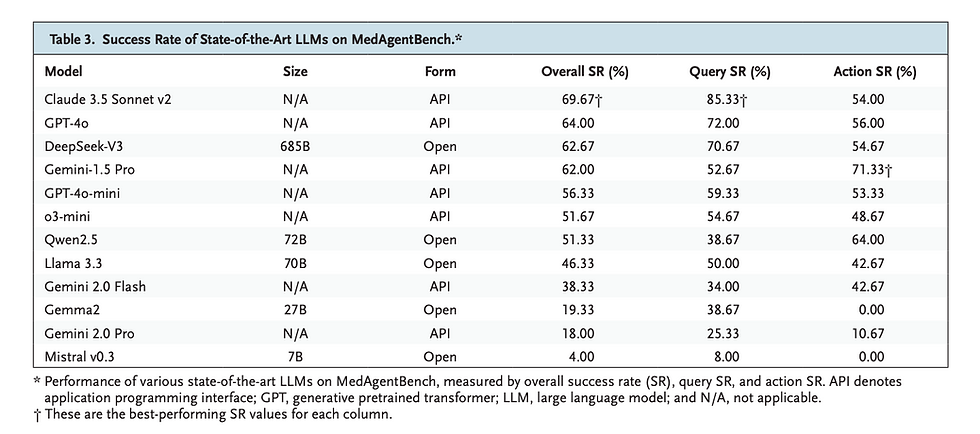MLE-Star: A Multi-Agent System for Machine Learning Engineering
- Nikita Silaech
- Aug 6
- 2 min read
Updated: Aug 8

By Google Research and DeepMind
Published: July 2025 | arXiv:2506.15692
Overview
This research presents MLE-Star, a modular multi-agent system that automates the full machine learning engineering workflow, from data processing and model selection to evaluation and reporting. Unlike single-agent code generation tools, MLE-Star introduces specialized agents that collaborate to complete real-world ML tasks end-to-end.
Why it matters
Automating the machine learning pipeline has remained a complex challenge. Most tools focus on isolated tasks like code completion or model training. MLE-Star addresses a broader goal: coordinating diverse components of the ML lifecycle using autonomous agents that reason, execute, and adapt in real time. This shift brings automation closer to real-world ML development and testing.
Core Contributions
Multi-agent coordination: Each agent in MLE-Star specializes in a task—data loading, training, evaluation—and collaborates through a shared memory system called the scratchpad.
End-to-end workflow execution: The system completes entire ML tasks with no human intervention, including code generation, execution, debugging, and report writing.
Scratchpad-based reasoning: Agents use a structured log to share intermediate outputs, code blocks, and reasoning steps. This makes the system’s behavior interpretable and reviewable.
Benchmark performance: MLE-Star achieved 80.7% success@5 across 20 real-world ML tasks, outperforming GPT-4-based baselines like AutoML-GPT-4, GPT-Engineer, and Swe-Agent.
The Evaluation Gap
The paper highlights how many agents perform well on synthetic coding problems but fail on real-world ML workflows. MLE-Star fills this gap by tackling full-stack ML challenges, such as handling missing data, tuning hyperparameters, and debugging model errors across diverse datasets and formats.
Challenges to Address
Scalability: The architecture is computationally intensive and may face limits when scaled to larger production pipelines.
Generalization: While MLE-Star generalizes well across 20 benchmark tasks, real-world ML often requires domain-specific fine-tuning.
Maintenance: Multi-agent systems introduce complexity in debugging, coordination, and long-term maintenance for continuous deployment.
Future Directions
Robust pipeline automation: MLE-Star opens the door to fully automated MLOps systems that can be customized, audited, and reused across industries.
Transparent agent behavior: Its structured memory approach helps bridge explainability gaps in LLM-driven automation.
Human-in-the-loop integration: Future versions could allow partial autonomy with expert oversight, especially for high-stakes use cases.



Comments